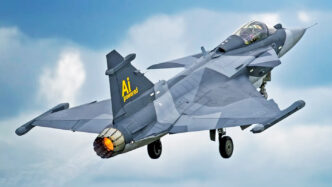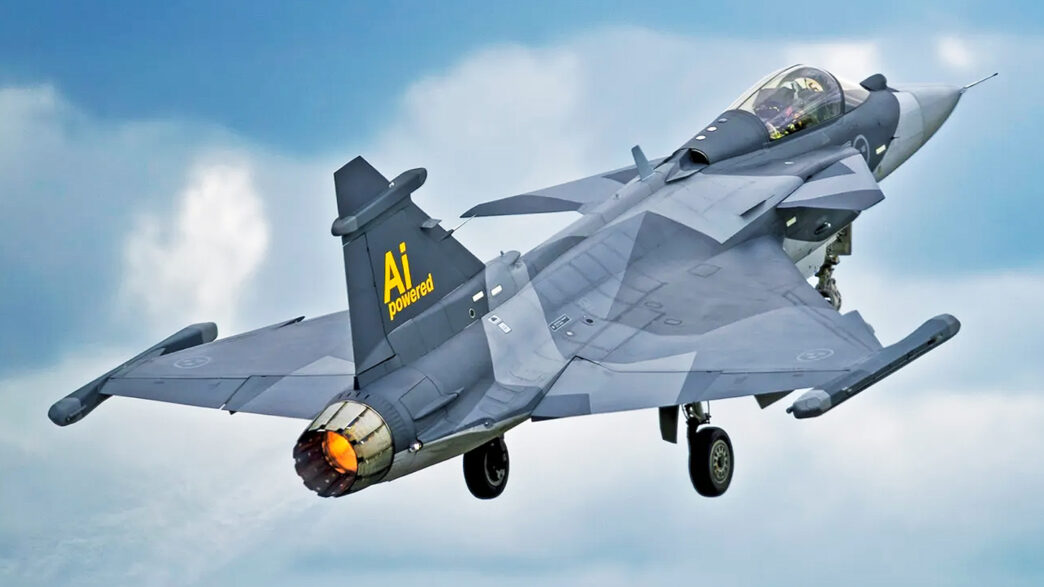Saab has started test flights with its Gripen E fighter jet running an AI agent named Centaur that can autonomously handle beyond-visual-range (BVR) air-to-air combat. The AI plugs into the fighter’s existing open-architecture avionics, requiring no major changes.
The first three flights happened between May 28 and June 3 under Saab’s Project Beyond, funded by Sweden’s Defense Materiel Administration (FMV). On the last sortie, Centaur faced off against a crewed Gripen D in simulated BVR dogfight scenarios. The AI controlled complex maneuvers and gave the pilot firing cues for simulated weapons.
Both Gripen jets got support from an airborne early warning and control (AEW&C) asset for targeting and command functions. Centaur was tested under various combat distances, speeds, and even with some command data cut to prove resilience.
Johan Segertoft, Saab Gripen business unit chief said:
“We have been developing human-machine collaboration for a long time,”
“allowing the Gripen E to take a lot of decisions on its own. The pilot is still the commander of the aircraft, and will continue to be, but with the assistance of, for example, a BVR agent, you are opening up a lot of free brain power in that commander to do other things.”
Marcus Wandt, Saab’s Chief Innovation Officer and test pilot, added:
“It is not a given that a pilot will be able to win in aerial combat against an AI-supported opponent. There are still pilots out there that will have a chance, but that will change fast.”
Antoine Bordes, VP of AI at Helsing (developer of Centaur), noted how quickly the AI built experience:
“In the third test flight, the agent ‘flew for around 50 years of the equivalent pilot years,’ but noted that ‘it took us only a few hours to do that.’”
Centaur’s model can be updated quickly, letting it improve rapidly. Saab’s advanced software on Gripen E makes swift AI integration possible, unlike U.S. Air Force efforts requiring specialized test aircraft like the X-62A VISTA.
Saab plans more flights for the rest of 2025. Future tests might simulate battles with two AI-enabled Gripen E jets engaging crewed opponents. There’s also potential to expand Centaur’s role to within-visual-range (WVR) combat.
This AI boost targets keeping Sweden’s air force agile against larger threats, letting pilots focus on strategy rather than split-second BVR decisions.
The project’s insights will feed into Sweden’s future fighter program aiming for next-gen air combat platforms by 2031.

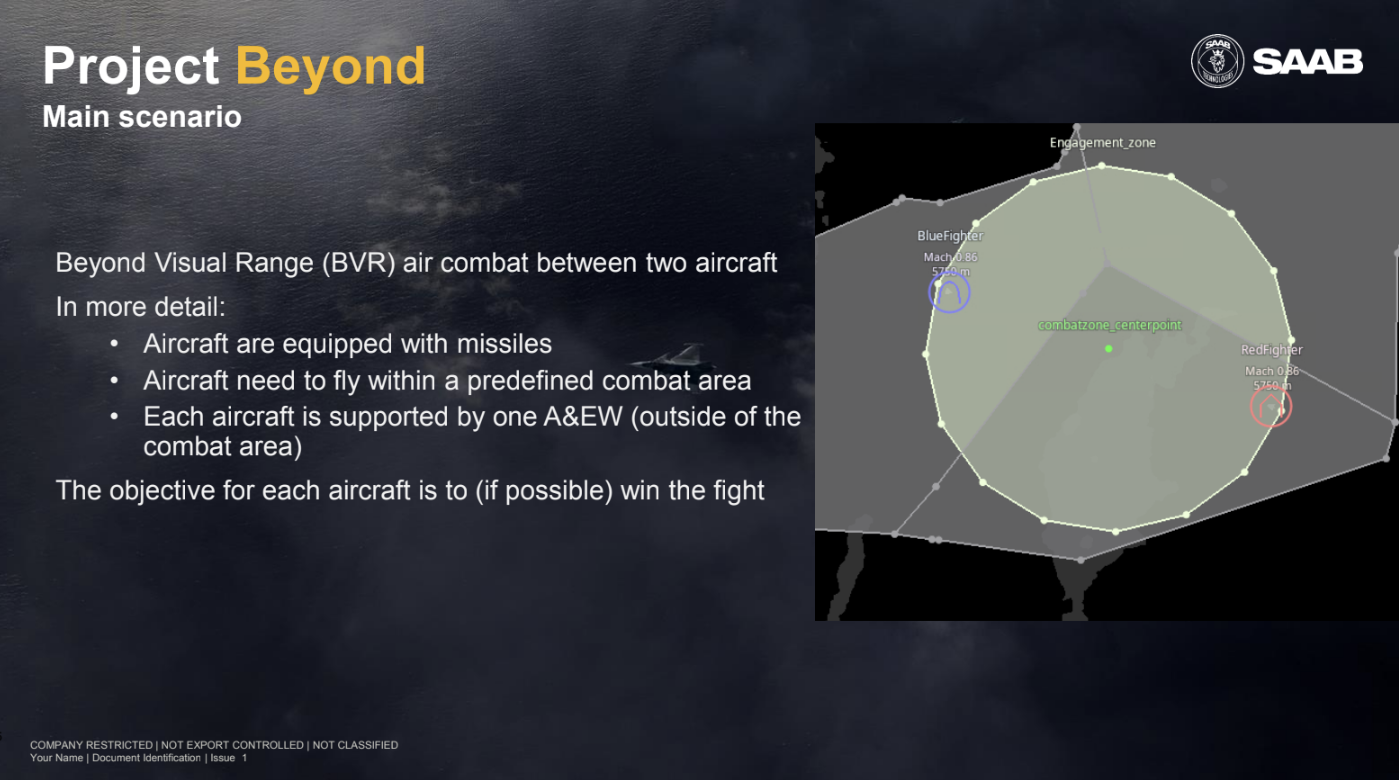

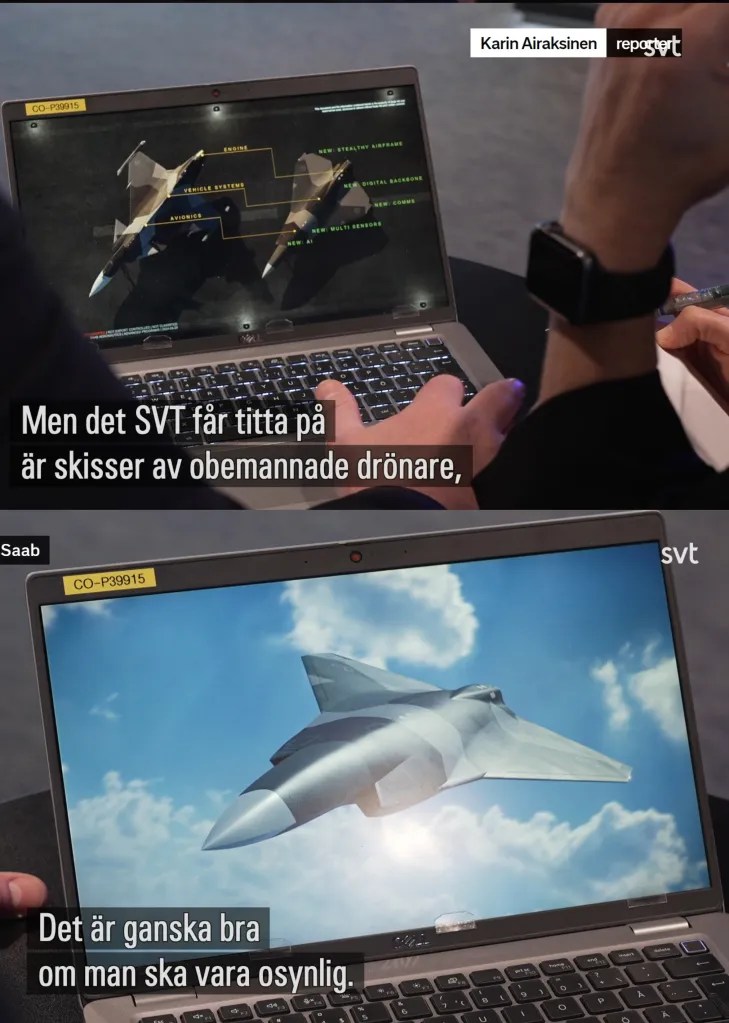
The U.S. has its own AI fighter tests with the X-62A VISTA, an autonomous F-16 experimental jet that flew dogfights against crewed jets, but it still needs a pilot onboard as a safety backup.
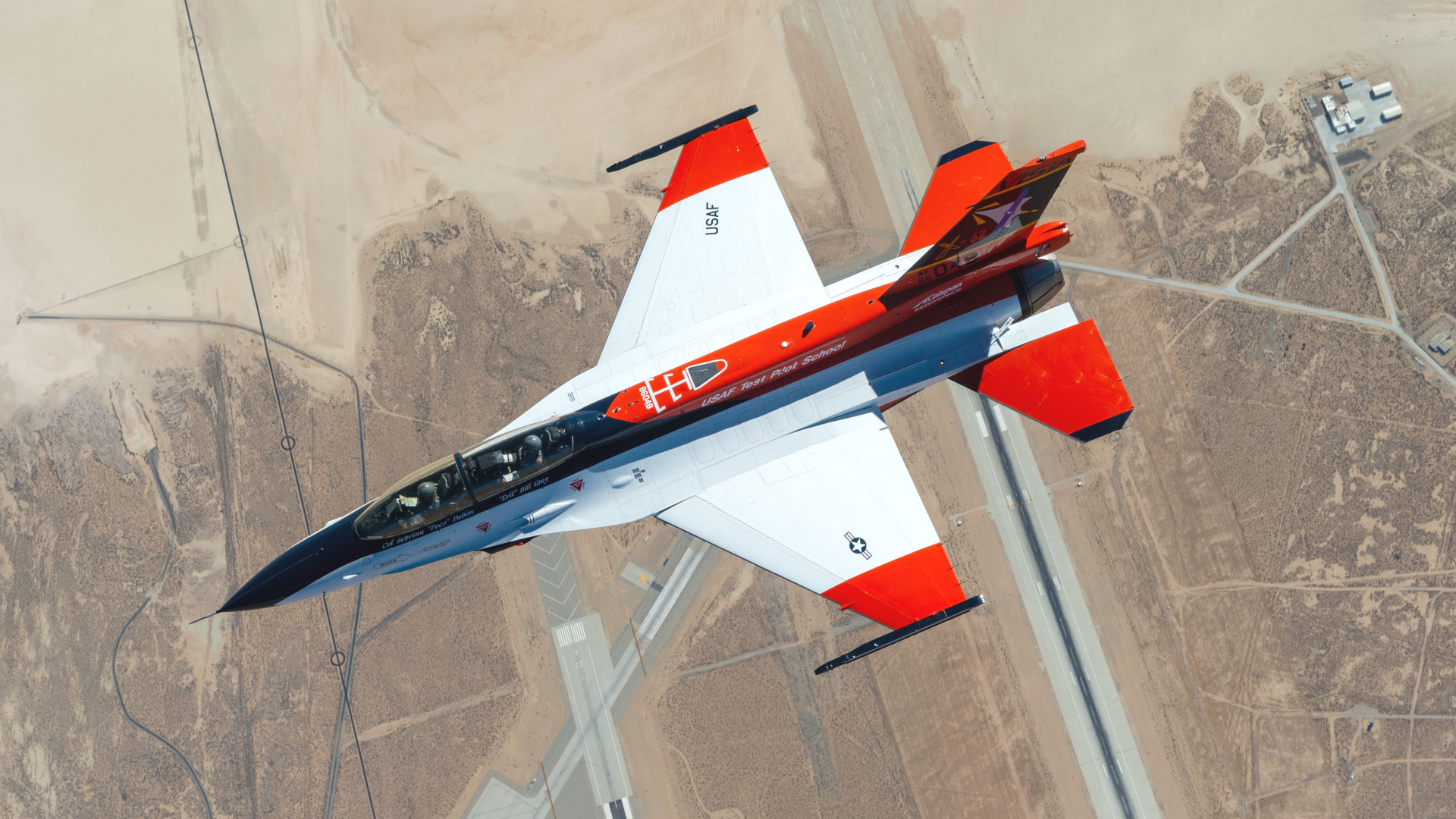
The U.S. is also converting more F-16s under Project VENOM to test autonomy. This feeds into their Collaborative Combat Aircraft program planning mass autonomous drone swarms to support the new stealth F-47 fighter.

Saab’s Centaur work shows how AI can fit into existing jets fast — no need for specialized planes or experimental designs. It’s a significant step in blending AI with manned air combat.
Contact the author: [email protected]
